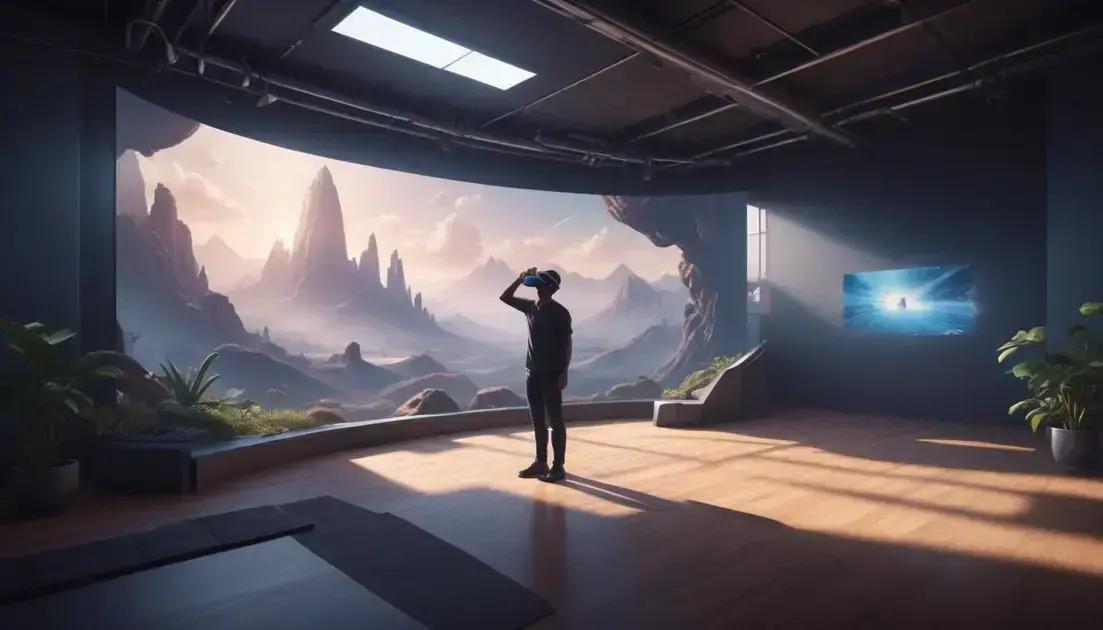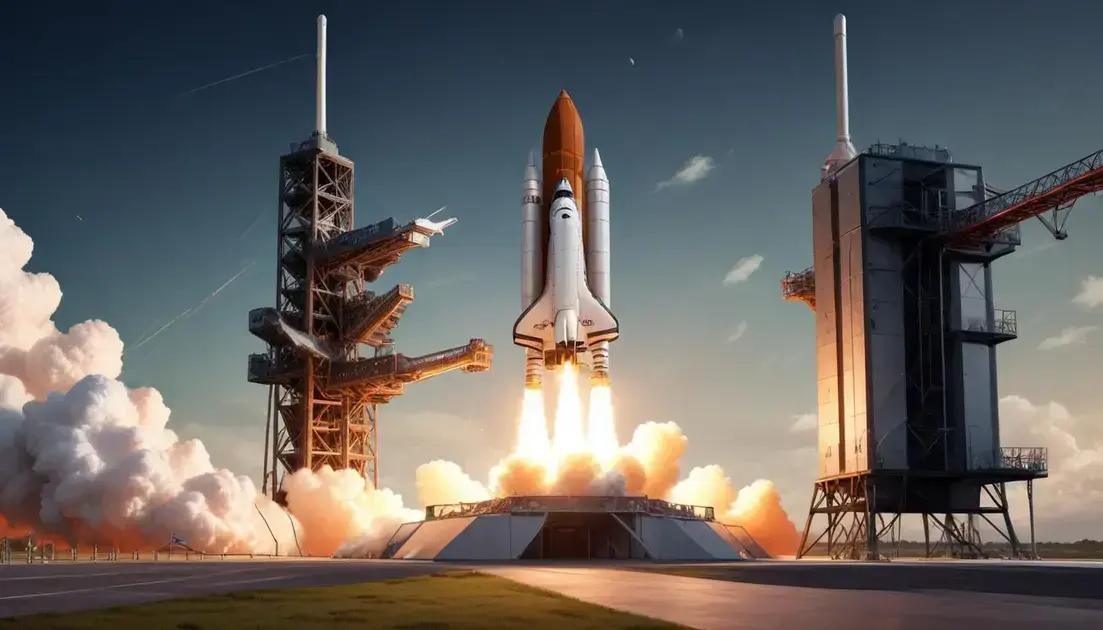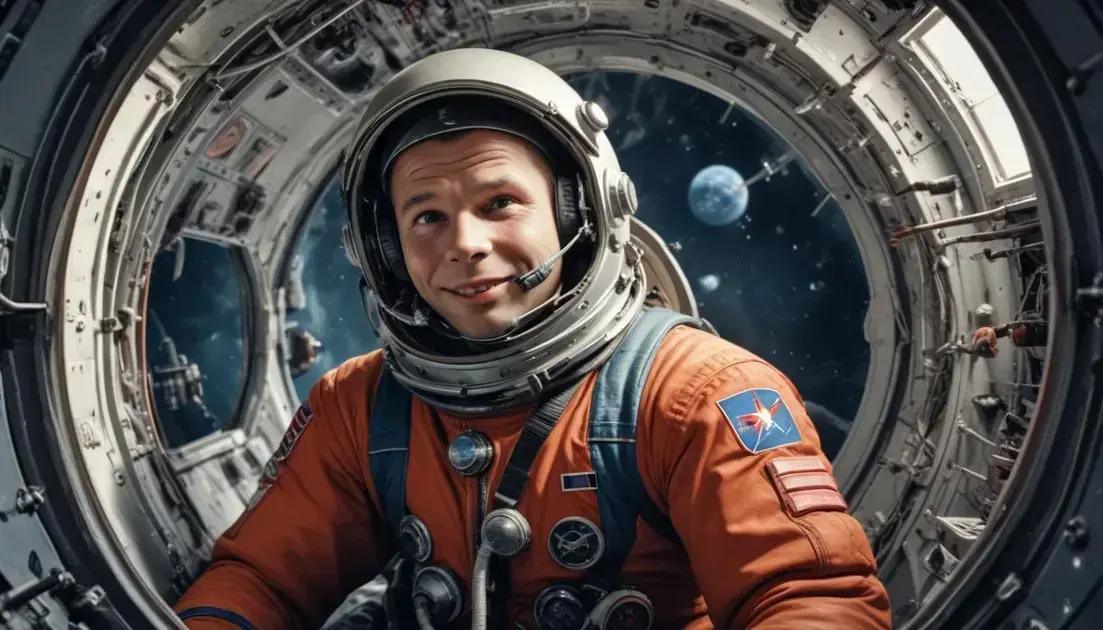
Virtual Reality: Recreating Digital Worlds
The future of Virtual Reality (VR) is promising, with advancements expected to enhance user experiences across various fields. VR is set to revolutionize education by enabling immersive learning environments, transform gaming with more interactive elements, and improve training within healthcare and workplaces. As technology progresses, VR will become more accessible and user-friendly, blending virtual and real-world experiences seamlessly, making it an exciting area to watch for developments in the coming years.
If you’re curious about Virtual Reality and its profound effects on our lives, you’re in for a treat! Join us as we explore how this cutting-edge technology is reshaping our understanding of reality.
Introduction to Virtual Reality
Virtual Reality, or VR, is a fascinating technology that creates an immersive experience, making you feel like you’re really somewhere else. By using special headsets, VR can transport you to various places, from outer space to ancient cities. Imagine walking on a beach or exploring the depths of the ocean without ever leaving your home!
This technology has many uses. In gaming, it offers players a chance to step right into the action. For education, students can explore historical events or distant planets in real-time, making learning fun and interactive. VR isn’t just for fun; it’s also used in training for doctors and pilots, allowing them to practice in safe environments.
But how does VR work? It combines visuals, sounds, and sometimes even touch, to create a complete experience. The headset has screens that display images, while sensors track your movements. This way, when you turn your head, the view changes as if you’re really looking around.
Many people wonder if VR can make a difference in our lives. The answer is yes! As this technology advances, it’s becoming more accessible, helping people connect and experience things in new ways. The possibilities are endless!
The Science Behind Immersive Experiences
The science behind immersive experiences in Virtual Reality is fascinating and complex. At its core, VR uses advanced technology to trick our brains into feeling present in a digital environment. It combines visuals, sounds, and even physical sensations to create a world that feels real.
First, let’s talk about visuals. VR headsets have screens right in front of your eyes. These screens display images that shift based on where you look. This movement is tracked by sensors, giving you a 360-degree view, just like in real life.
Next is sound. Spatial audio is used in VR to create a realistic sound environment. For example, if something happens to your left, you’ll hear it coming from that direction, making the experience even more believable.
Physical sensations also play a role. Some VR systems use devices that can simulate touch. This means you might feel something when you interact with objects in the virtual world. It adds another layer of realism to the experience.
Also, the way we interact with VR is important. Using motion controllers, we can grab, push, or throw objects, just like in real life. This interaction helps to deepen our connection to the virtual environment we’re in.
Overall, the science of VR combines elements from psychology, engineering, and art. It aims to create experiences that can entertain, educate, and even heal by pulling you into a world beyond your imagination.
Art and Creativity in VR
Art and creativity in Virtual Reality (VR) are transforming how we express ourselves. Artists can create immersive environments that people can walk through, making art an experience rather than just a visual display. This opens up new ways for viewers to interact with art.
In VR, artists use software to build stunning 3D worlds. These creations can replicate real-world places or entirely new landscapes that spark imagination. The beauty of VR is that it allows artists to push boundaries beyond traditional mediums.
For example, an artist could design a forest where colors change with your movements. As you walk through, you might see trees that glow or animals that respond to your presence. This interactivity makes each visit unique, encouraging exploration.
Moreover, VR art isn’t limited to visual experiences. Sound can enhance the atmosphere, adding layers to the environment. Imagine walking through a city filled with music that changes based on where you are. This combination of art and sound creates a rich sensory experience.
Creativity in VR isn’t just for established artists. Many platforms allow anyone to create and share their art. Users can paint in three-dimensional space, turning their ideas into reality. This democratization of art inspires creativity and collaboration.
In education, VR art programs teach students about design and creativity in engaging ways. Students can experiment with concepts and techniques that might be hard to grasp in the real world. This hands-on approach can boost confidence and spark interest in various artistic fields.
Psychological Impacts of VR
Virtual Reality (VR) has unique psychological impacts that can influence how we think and feel. One major effect of VR is its ability to create strong emotional responses. When immersed in a virtual world, people may feel excitement, fear, or even joy. These emotions can be more intense than in real life.
This immersion can help in therapy as well. For example, exposure therapy uses VR to help treat phobias. Instead of facing fears in real life, patients can confront them safely in a controlled environment. This method can reduce anxiety and help people manage their fears.
Another psychological benefit of VR is its role in empathy-building. By experiencing life from another person’s perspective, users can better understand different situations and feelings. This can promote compassion and encourage open-mindedness, especially in social contexts.
However, VR can also have negative psychological effects. Some users may experience disorientation or anxiety after exiting a virtual environment. This feeling, known as VR sickness, can occur due to a mismatch between visual inputs and physical sensations.
It’s essential for users to take breaks to avoid discomfort. Limiting the time spent in VR is crucial for maintaining a healthy balance with reality. Being aware of one’s feelings and physical state while using VR can help reduce these negative effects.
VR’s impact on our psychology is an exciting area for researchers. As technology advances, understanding these effects can lead to better designs and applications in therapeutic settings and gaming environments.
Future of Virtual Reality
The future of Virtual Reality (VR) looks bright and exciting. As technology improves, we can expect more immersive experiences. New VR headsets will be lighter, more comfortable, and offer better graphics. This means users will feel even more present in virtual environments.
We’ll also see more uses for VR in education. Schools might use VR to take students on virtual field trips. Imagine exploring ancient Egypt or outer space without leaving the classroom! This hands-on learning can strengthen students’ understanding and retention of information.
In gaming, VR will continue to evolve with more interactive and engaging gameplay. Developers are already creating games that allow social interactions, making it feel like players are in the same room. This social aspect will make gaming more fun and immersive.
Healthcare is another area where VR can grow. Doctors can train using realistic surgeries in VR. Patients can undergo therapy in a safe virtual space. These advancements can lead to better training and improved treatment outcomes.
Furthermore, VR is making its way into workplace training, too. Employees can practice skills in realistic scenarios, such as customer service or safety procedures. This hands-on training can boost confidence and performance.
As VR technology continues to advance, it will change how we socialize, learn, and entertain ourselves. The possibilities seem endless, making it a thrilling field to watch in the coming years.
Conclusion
In conclusion, the future of Virtual Reality is full of exciting possibilities that can change how we live and learn. As technology advances, VR will become more user-friendly, bringing us closer to amazing experiences.
We will see VR play a big role in education, gaming, and healthcare. With its ability to create immersive environments, VR can enhance learning, make gaming more interactive, and improve training for professionals.
By embracing these changes, we can enjoy richer and more meaningful experiences in our daily lives. The potential of VR is vast, and as it continues to grow, we can look forward to a world where virtual and real-life experiences blend together seamlessly.


